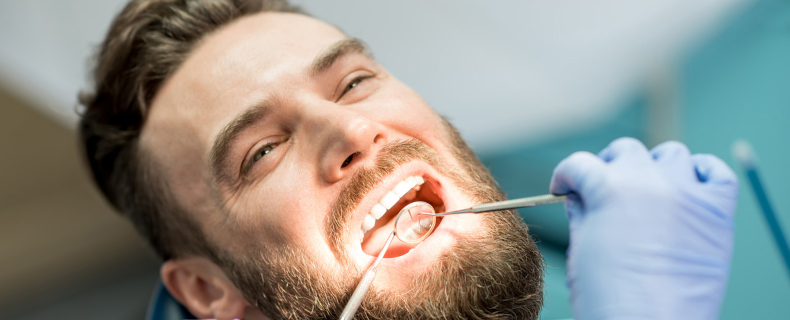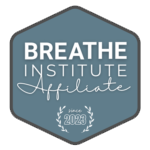
San Francisco and Marin CA
Tongue thrust occurs when the tongue pushes forward when swallowing. It is classified as an orofacial myofunctional disorder that usually develops during childhood due to prolonged thumb sucking or pacifier usage, although other factors may contribute. If not corrected, tongue thrust continues into adulthood and impacts the development of the jaws, upper palate and tooth alignment. While tongue thrust treatment is best when administered as early in life as possible, that doesn’t mean adults have to suffer with their condition. So today on the blog, our myofunctional therapists in Marin at Glen Park Dental answer the question: is there anything that can be done for tongue thrust in adults?
What causes tongue thrust?
Anatomical factors like enlarged tonsils or adenoids or a deviated septum may cause tongue thrust, as does chronic allergies, thumb sucking or using a pacifier or bottle beyond the recommended age. Tongue thrust may be overlooked by the pediatrician because they are a general physician for your child. Therefore, it’s essential that children have routine dental checkups as early as age one.
What’s the big deal with tongue thrust?
The tongue is the strongest muscle in the body. It helps us pronounce words, chew, swallow and breathe. It even has a job to do when your mouth is at rest and closed. The tongue should remain relaxed against the roof of the mouth with your lips sealed and your nose handling all your breathing efforts. However, tongue thrust often results in poor oral posture and improper swallowing patterns. The excessive and consistent force of the tongue pressing against the back of the front teeth applies enough pressure to slowly, over time, force those teeth forward and apart. Therefore, if you have protruding front teeth that are gapped, you may have tongue thrust.
Here are some other issues that tongue thrust may cause:
- Severely misaligned teeth
- Open bite
- Crossbite, underbite or overbite
- Snoring and sleep apnea
- TMJ disorder
- Weak or recessed chin
- Unfavorable facial profile
- Mouth breathing
- Elongated face
- Dark circles under the eyes
- Delayed speech or speech impediments (slurs, lisps, etc.)
- Learning difficulties
- Picky eating habits
- Stunted growth
- Poor health condition
What’s the best way to treat tongue thrust?
Myofunctional therapy is the best treatment for tongue thrust. Think of this treatment as physical
therapy for the tongue. Myofunctional therapy trains the tongue to rest properly, which encourages nasal breathing, and to function properly when swallowing. Proper swallowing is with the mouth closed and only the tongue’s tip touching the backsides of your upper front teeth, and moving in a wave-like motion against the roof of the mouth as it pushes food down the throat. Myofunctional therapy can help correct tongue thrust and is available at Glen Park Dental.
Licensed Myofunctional Therapy in Marin, Oakland and the Bay Area of California
Our licensed Myofunctional therapists offer therapy that is suitable for children and adults. We also offer cosmetic treatments for adults that want to correct their tooth alignment or other cosmetic effects from many years of untreated tongue thrust. If you’d like to learn more about tongue thrust treatment or schedule a consultation, please contact Glen Park Dental by calling (415) 585-1500.


